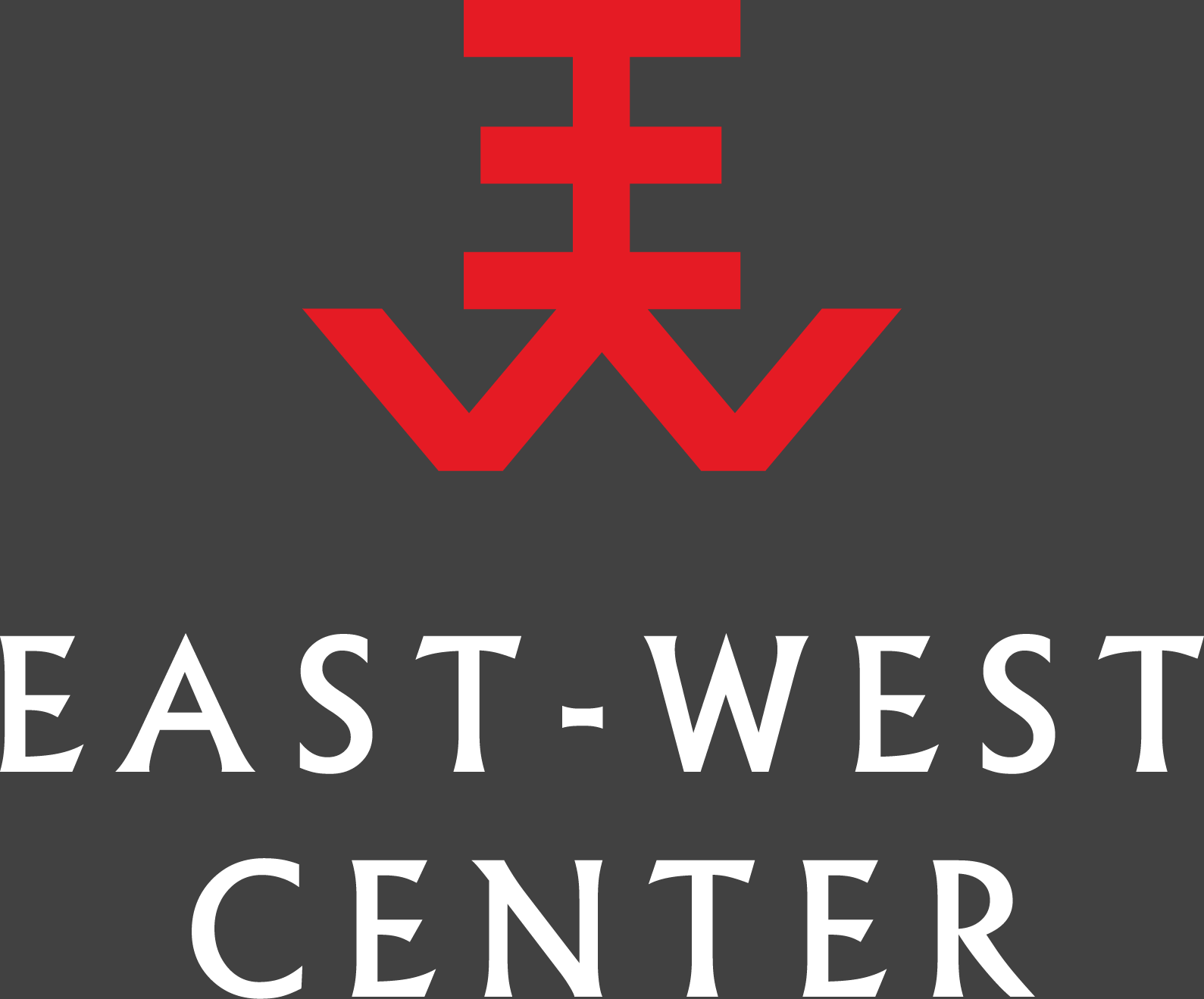►▼ Where is this data from?
This data comes from the South Korean Ministry of Unification (MOU), which provides resettlement support for North Korean refugees, among other duties related to inter-Korean relations. As of December 2016, there were 30,212 people of North Korean origin living in South Korea.
These figures only include former DPRK nationals who have successfully resettled in South Korea. There are also a significant number of undocumented North Korean migrants or refugees residing in China, with estimates ranging from 20,000 to 100,000 people; as undocumented North Koreans in China face the risk of deportation and punishment, it is very difficult to estimate the size of this population. Additionally, there are much smaller North Korean refugee communities in Europe, North America, and Southeast Asia.
►▼ What are the historical and demographic trends in inter-Korean resettlement?
In the decades following the Korean War, there were a handful of high-profile defections from North to South Korea and vice versa, but the total number of people who voluntarily resettled from one state to the other was very small. During the late 1990s, as North Korea experienced famine and economic collapse, a growing number of North Koreans fled to China to secure their livelihoods, with some eventually making it to the South. The number of North Koreans arriving in the South reached a peak in 2009.
After 2011, the number of North Koreans arriving in South Korea dropped by about 50% from this peak. Some cite tightened border security as the primary reason for this downturn, although relatively improved economic conditions in North Korea and an anti-defection propaganda campaign within North Korea may also be contributing factors. The number of new arrivals dropped precipitously in 2020, in conjunction with North Korea's closure of its borders imposed in response to Covid-19.
Because the Chinese government, as a policy, repatriates North Korean refugees to the DPRK, those seeking resettlement in the South must first travel to a third country, such as Thailand or (less frequently) Mongolia. Direct North-to-South defections, either overland across the DMZ or by boat, have been rare.
The majority of North Koreans who have resettled in the South have been women, who currently account for about 70% of the North Korean population in South Korea. The lower participation rate of women in North Korea’s formal labor force may account for some of this gender imbalance. Most of this resettled population has also come from North Korean provinces bordering China. Entry surveys conducted by the MOU indicate that 61.9% of North Koreans who resettle in the South originate from North Hamgyong province, in the northeastern corner of North Korea. Internal barriers to travel within North Korea, the relative ease of crossing the Tumen River separating North Hamgyong from China, and the presence of a large ethnic Korean population in China’s bordering Yanbian Korean Autonomous Prefecture may account for the higher number of crossings from this province.
►▼ How have the governments of North and South Korea approached this issue?
DPRK citizens who reach South Korea are granted ROK citizenship upon successful evaluation by the National Intelligence Service and completion of the Settlement Support Center for North Korean Refugees (Hanawon) program. Although the South Korean government, as well as various civil society organizations, provides resettlement support to North Korean refugees, many members of this community nonetheless face complex social and psychological challenges while adjusting to life in South Korea.
The DPRK typically refers to those citizens who resettle in the South either as “treasonous” or as victims of duplicity or kidnapping by South Korea intelligence agents. Repatriated DPRK citizens from China may face harsh punishments after their return, particularly if they are believed to have been in contact with South Koreans or Christian organizations while in China. However, the DPRK government has also encouraged (and allegedly coerced) refugees in the South to “re-defect” to North Korea. The South Korean MOU has acknowledged 26 such double-defections, and DPRK state media has used several of these cases to bolster a domestic narrative about the hardships of life in the South.





